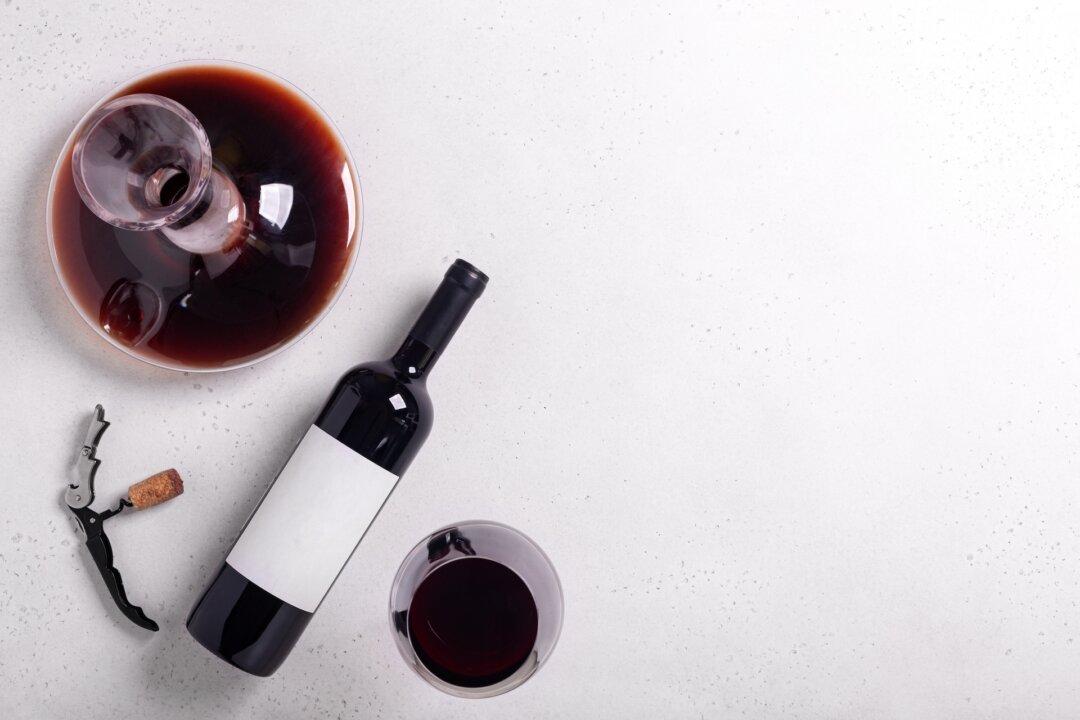Not every wine is exactly what we want.
Most of us spend time making a decision about which wine to buy for tonight’s pasta or this weekend’s barbecue, and as much as we know about wine, it frequently disappoints us. This is not our fault; it’s the fault of the market.





